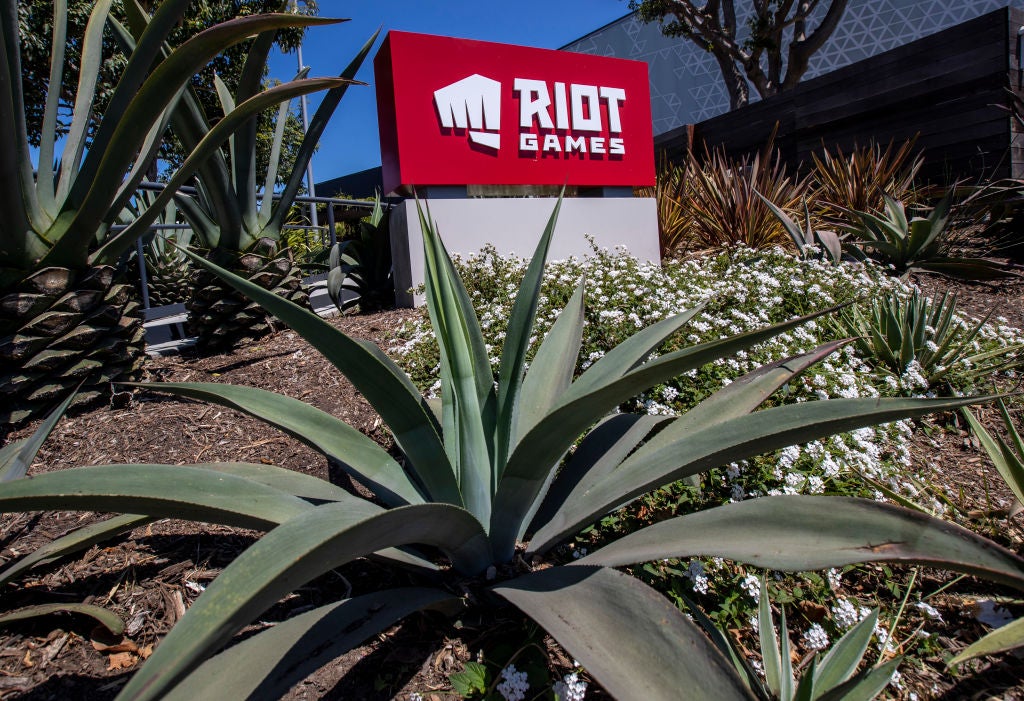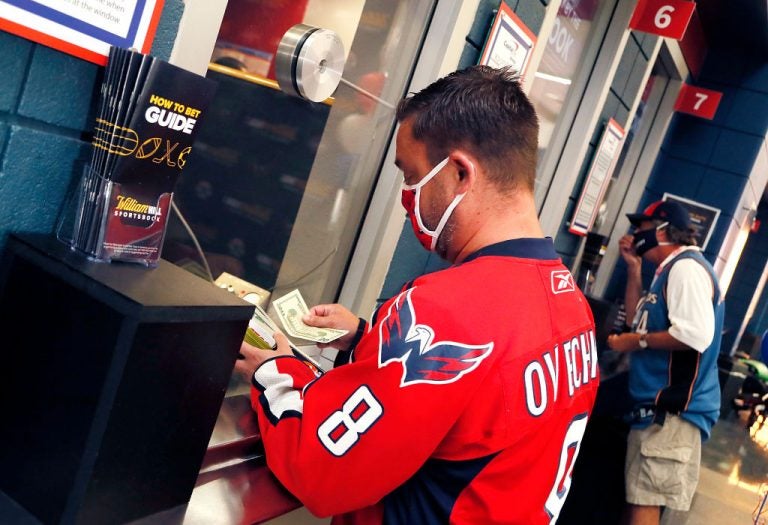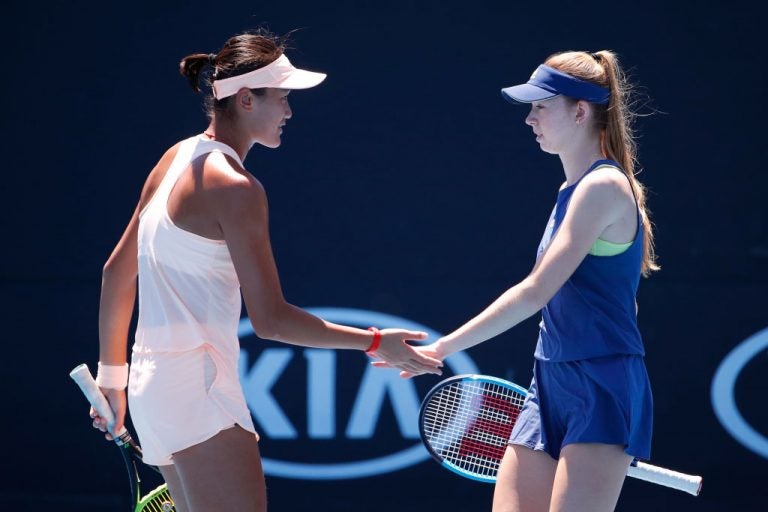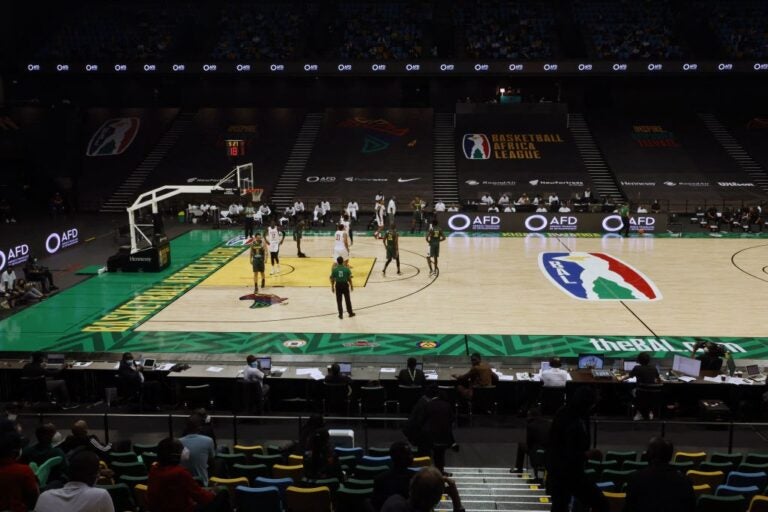In Esports, the U.S. Still Lags the Rest of the World. Why?
Why this matters
The esports industry in the United States continues to reach new heights, shattering revenue and audience records year over year. Will the increased attention and money being spent on U.S. talent finally yield results, or is the region doomed to esports mediocrity?
The esports industry is a booming global phenomenon, projected to hit $1 billion in revenue in 2021. And unlike many other sectors that were negatively affected by the coronavirus pandemic, the worldwide esports audience only continued to grow.
Missing from the party? American world champion teams in the top esports.
While esports viewership in the United States is increasing year over year, the country’s performance in competitive gaming has long lagged behind the rest of the world. The upper echelons of the most-watched esports in the world reflect this, with top-performing teams and players hailing from Asian countries more often than not. In fact, throughout the 10-year history of the most-watched esports event in the world, the League of Legends World Championship, Americans have yet to win a single grand final.
North America is the second-largest esports market in audience and revenue, forecast to make $300 million in 2021. Nearly 70 percent of Americans – almost 222 million people – identify as gamers. Yet U.S. players ready to stand with the best in the world are scarce. That talent gap could prove a problem for the industry, with a lack of marketable and imagination-capturing American champions undercutting the large investments being made in esports to create enthusiasm, viewership, and revenue plateaus in a key geographic market.
So what, exactly, is preventing American esports players from reaching the top? It's a question many top esports organizations are trying to answer, with varying degrees of success. Ultimately, the answer lies not in a single factor but rather in three key elements: culture, infrastructure, and finances.
Culture
Despite esports hitting milestones long associated with traditional sports – deeply funded and dedicated team organizations, funded college programs, corporate brand backing, mainstream media coverage – esports still has a long way to go in terms of its perception within American culture.
Compared to, say, college football and basketball teams, collegiate esports programs are a very new development. And despite a fair amount of media fanfare around their founding, we have yet to see a professional esports talent pipeline emerge from the college ranks. To the contrary, alternative ways for players to seek and find careers in pro gaming have consistently produced more and better results.
Corporate brands entering the space have been largely in categories associated with dated perceptions of gamers: gamer-related hardware brands, energy drinks, unhealthy snacks, and fast food. None of this helps dispel negative stereotypes about gamers, which can distance esports from mainstream appeal. When spotlighted by the mainstream media, gaming superstars are more likely to be treated as unusual and freak occurrences than celebrated as genuine superstars.
Related: Collegiate Esports: Much More Than A Game
When looking at the global stage, the top teams in League of Legends have primarily hailed from South Korea and China. If the narrative in the West is anything to go by, these countries have long venerated their top esports players and treated them as they treat traditional athletic and entertainment celebrities – passionate groupies and all. Perhaps the most famous example? Former professional StarCraft player Lim “BoxeR” Yo-hwan, who went on to appear in a TV commercial with K-pop superstars Girls Generation and later retired to marry an actress. His story gave South Korean gamers more than a lucrative success story to admire; it gave them a role model. The currency of cool became attainable to gamers, and the talent-level-raising effects rippled outward.
Cultural differences extend to professional organizations, too. A particularly eye-opening moment took place during an esports panel hosted in Los Angeles in 2016 as leaders from various esports organizations openly discussed their recruitment strategies. When scouting potential new talent, the American organizations cited looking at in-game statistics and past performances to discern potential new recruits. This was in stark contrast to South Korean esports organizations cited by one panelist; that panelist said those organizations prioritized overall attitude and personality traits ranging from temperament to willingness to accept feedback and guidance. To those organizations, statistics and gaming performance were secondary.
While in many ways esports leaders China and South Korea are still fighting their own cultural wars – largely against the negative stigma of gaming addiction – those countries’ respective governments nevertheless have been ahead of the curve in supporting the burgeoning professional gaming industry.
Infrastructure
The South Korean government was proactive about building an esports infrastructure. In 2000, the country's Ministry of Culture, Sports and Tourism established the Korea e-Sports Association (KeSPA). This organization was the country’s way of making esports an official sporting event, and it strove to improve the economics of the esports industry. Although KeSPA has not been without its own controversies – such as when a major South Korean media site published a leak of its extreme and controlling player contract – its role in the history of the country’s esports cannot be diminished.
In 2003, China’s Olympic Committee and the China Sports Federation together announced esports as an official sport. This announcement was backed by the General Administration of Sport of China. The early legitimization of esports appears to have paid off several years down the line, as Chinese esports teams have registered strong performances across several competitive game titles.
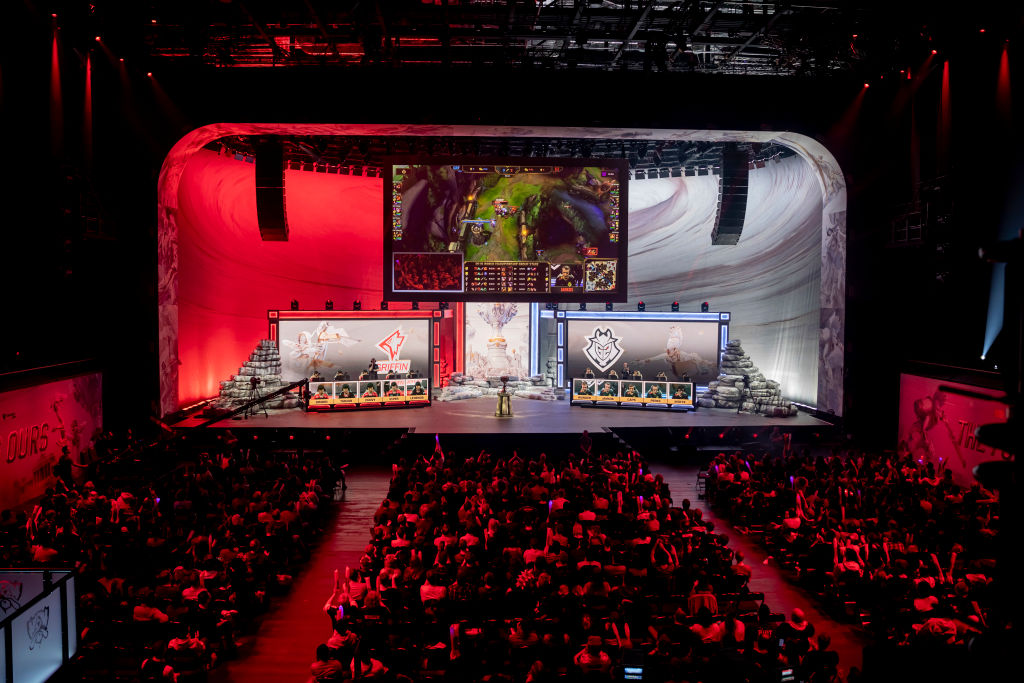
While government action planted the seeds for South Korea’s and China’s esports ecosystems to blossom and find global success, the United States’ progression toward legitimizing esports has moved at a snail’s pace. The U.S. government didn’t officially recognize esports players as professional athletes until 2013, following what was described as a “lengthy process” by a representative from game developer Riot Games. Beyond city-level initiatives to build esports venues, government officials in America largely have ignored the growing industry – feeding into the idea that professional gaming is not a genuine, respectable career to pursue.
Then there’s the matter of physical geography and disparities in U.S. internet accessibility and speeds. The experience of American esports players largely is dependent on where major game developers and publishers choose to host their online multiplayer servers. Players who are lucky enough to be located closer to a server location are treated to an optimal experience that allows them to maximize their training and talents. Meanwhile, players in more remote areas have to overcome lag and unresponsiveness, a major obstacle at the highest levels of competition.
Finances
The most-viewed esports games in the West are led by U.S.-founded publishers such as Riot Games, Activision Blizzard, Valve, EA, and Epic Games. The economics of the esports industry are heavily skewed toward these companies, which control game licensing and broadcast rights and even tweak the mechanics of the games themselves – which in turn dictates overall player strategy.
Often backed by venture capital investors, the top U.S. esports organizations have paid record-breaking prices to publishers in order to participate in franchised leagues. For example, Riot Games in 2018 charged esports organizations $10 million per franchise spot to secure a permanent place in its U.S.-based League of Legends Championship Series, and newcomer teams were required to fork out an additional $3 million.
Two years earlier, Riot Games had sold broadcast rights to BAMTech (now named Disney Streaming Services) for a minimum of $300 million over seven years. The deal was historic but short-lived; in 2018, BAMTech was acquired by Disney for $1.5 billion and the original contract was dissolved. Terms of a renegotiated deal are not publicly known.
Despite these headline-making figures, the dollars sloshing around American esports don't necessarily reach new players, up-and-coming talents, or even esports teams. Instead, most of the benefit flows to publishers, Tier 1 esports organizations, and already-established top professional players, who make an average salary of $410,000.
Many esports professionals in the U.S. now receive salaries, a major improvement from an earlier era that saw players live off prize winnings alone. Pioneering American esports organizations also have led the way in creating gaming houses, which provide U.S. players with places to live and train. However, both of these developments are old news for South Korean gamers, who have been making small salaries and receiving living quarters for years. Whether those players were often receiving fair compensation is highly disputable; nevertheless, the base model for esports professional development was established early on in that country, and Americans are still playing catch-up.
Moreover, even the methods that U.S. esports organizations are using to close the gap aren’t focused on growing local talent. Most teams in the LCS import players from other regions. It has become such a heavily employed tactic that in early 2021 the scene was embroiled in heavy discourse around all 10 teams allegedly voting for the removal of a rule that stipulated all teams in the LCS had to field a minimum of three players who are residents of the U.S. region. The news was met with heavy resistance, with fans and media alike expressing concern that the removal of the rule would result in all-Korean or all-Chinese teams dominating the LCS.
In an effort to give local talent a chance to be recruited, Riot Games has introduced two pathways to professional play: Academy and Scouting Grounds. The former is a program that requires each professional team in the LCS to field an Academy team that competes in a special league against other Academy and amateur teams, essentially functioning as a developmental league. The latter is a tournament that invites the top North American online-ranked players to compete in an event watched by established LCS esports teams, which can then choose to sign a player. To compare it to traditional sports, Scouting Grounds functions similarly to a combine for the National Football League or National Basketball Association. These programs have led to some fresh talent in the LCS, but it’s clear that organizations prefer to sign on already-established players from overseas.
In the U.S., esports remain a relatively young industry, and many of the cultural, financial, and infrastructure barriers facing American players can be attributed to growing pains. Overcoming them will take a deliberate effort across the sport’s ecosystem; even if those efforts are successful, the fruits of that labor will take some time to emerge. Until then, the few American esports players who break through should be lauded for what they are: true talent.
Monthly Issue
The Risk & Reward of Globalized Sport
Globalization has accelerated since the latter half of the 20th century, making sport a key cultural import. Whether it was a Michael Jordan sneaker or simply a ball and net that helped new communities discover soccer, the United States gave and received sport along with many nations around the world.
It’s unclear if those same silos still exist today. Sport is increasingly a means by which nations interact, and at a higher level of interconnectedness than ever. In what ways is sport's impact being utilized as a tool for development and detriment around the world?

